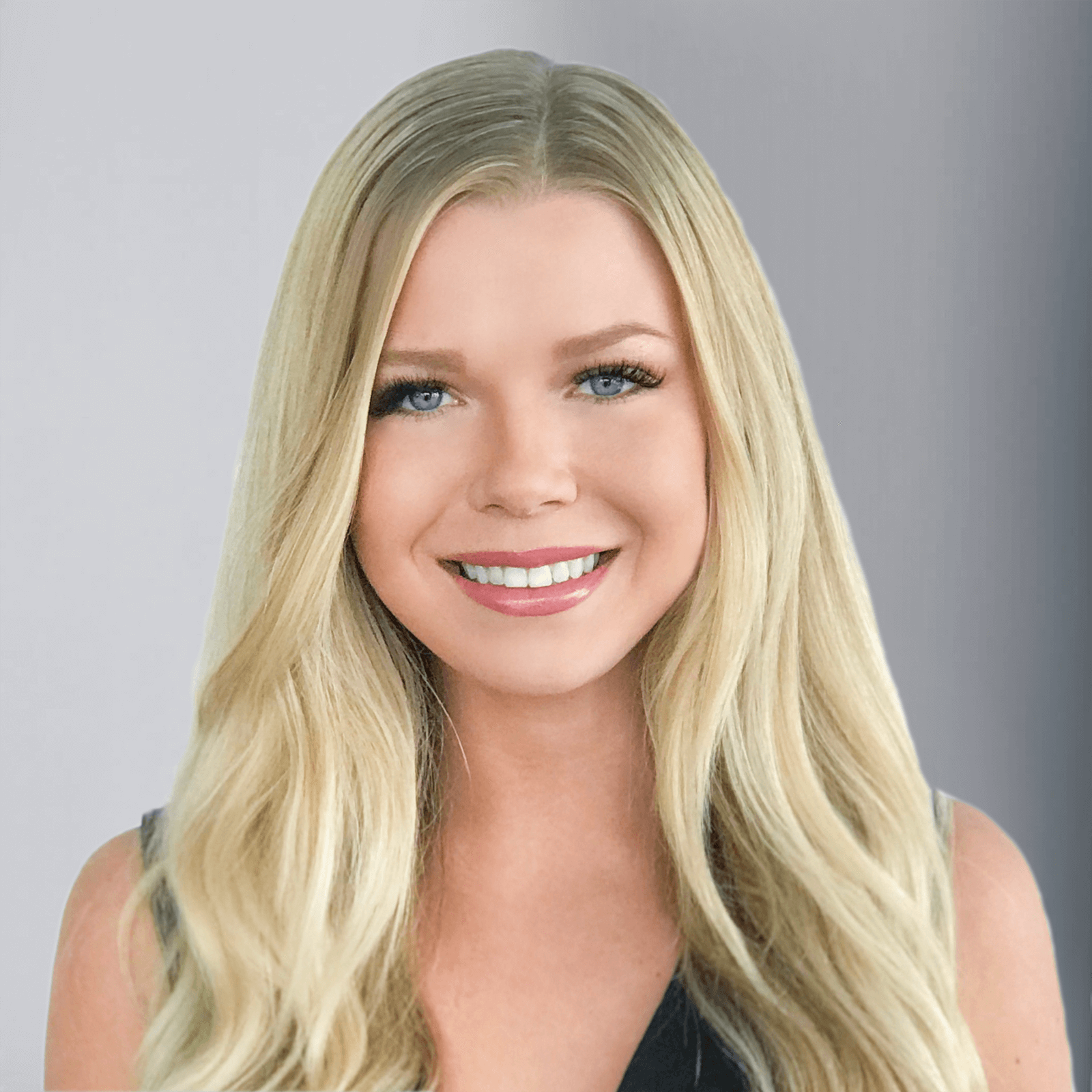Alcohol In TV
TV programming is full of alcohol advertisments and depictions of drinking, which has shown to increase alcohol consumption in viewers.
The Prevalence Of Alcohol In TV
Today’s TV programming is full of references to alcohol and depictions of drinking. In fact, a study performed by the University of Auckland found that of all food and beverage portrayals in prime-time TV programs, alcohol was the most frequently depicted item, comprising 30% of all food and beverage portrayals. There are many forces behind including alcohol in the stories or sets of television programs. One of the most common is product placement – a marketing strategy in which liquor companies pay TV shows to include their products for exposure. Another and more recent trend is that television programs are acting as platforms to educate viewers about risky behaviors, including alcohol abuse. However, a lot of these portrayals are strictly for entertainment purposes.
The top 5 genres for alcohol depiction on TV, including both advertisements that air during the program and portrayals of alcohol in the show, are as follows:
- Sports
- Comedy
- Animated
- Reality
- Drama
It seems as if alcohol is flashed on the screen almost constantly through the different televised sporting events, advertisements, and prime time shows. The inclusion of alcohol in these programs has proven to affect the drinking behaviors of viewers, particularly those of young people.
Online Counseling
for Alcohol Addiction
Paid Advertising. We receive advertising fees from purchases through the promoted links below.
BetterHelp - Professional Therapy, 100% Online
Get professional help from an addiction and mental health counselor from BetterHelp. Start getting support via phone, video, or live-chat.
Take the Quiz. Get Matched. Begin Therapy.
Talkspace - Online Therapy & Recovery Support
Online therapy can help you with long term addiction support. Connect with a Talkspace therapist anytime, anywhere.
Match with a therapist to get started.
How Does Alcohol In TV Influence Use?
For a long time, many people didn’t think that exposure to alcohol on TV and in pop culture really affected them or made a difference. However, we now know that portrayals of substance use by characters in shows, as well as alcohol-related commercials, significantly influence use in viewers. Alcohol depictions in programs and advertisements has been shown to increase social acceptance of alcohol use, cue cravings for particular alcohol brands, and even foster continued or initial use.
The Radboud University Nijmegen of the Netherlands was the first to conduct an experimental study on the topic, and the results showed a direct correlation between exposure to alcohol portrayals on TV and viewers’ drinking behaviors. For the study, researchers recruited two groups of 20 male students and played two films for them – one featuring alcohol and drinking (American Pie) and one without (40 Days and 40 Nights). A fridge containing both alcoholic and soft-drink beverages was placed next to them and they were told they could pick any drink.
The group that watched American Pie, which featured 23 alcoholic scenes, along with alcohol advertisements throughout, consumed up to 3 bottles of beer on average. The group that watched 40 Days and 40 Nights, a relatively dry movie with no alcohol advertisements, consumed only 1.5 bottles of beer on average. Those that watched the both the alcoholic film and commercials drank an average of 1.5 more bottles of beer than those who watched the non-alcoholic film. These results imply that after watching a commercial that features a particular brand of beer, not only is an individual more likely to buy that brand, but that they are more likely to immediately go to the fridge and take a beer. In layman’s terms – if people watch TV often, and are exposed to alcohol portrayals often, they are more likely to drink.
Alcohol Rehab Guide is not affiliated with any insurance.
Influencing At-Risk Youth
Adolescents watch approximately 2 hours of television per day, and considering the frequency that alcohol is portrayed in the plots and commercials of popular shows, this is concerning. Research has shown that youths that are consistently exposed to alcohol advertisements on TV have an increased likelihood of starting to drink early, or if they are already drinking, to drink more.
A study conducted by Boston University that was published in the Journal Studies on Alcohol and Drugs illustrated this correlation. BU researchers surveyed a sample of more than 1,000 American 13- to 20-year-olds who said they had drank alcohol within the past month. Investigators then asked participants if they had watched any of the 20 most popular non-sports television shows and how much they consumed of the 61 alcohol brands showcased in commercials during those shows. What they found is significant. Underage drinkers who didn’t see any of the alcohol ads only drank about 14 drinks per month. That number rose to 33 drinks per month for those who had seen a fair amount of the alcohol advertising. Underage drinkers exposed to the greatest amount of alcohol ads drank up to 200-plus drinks per month. Researchers concluded that the more exposure kids had to these alcohol ads, the greater the amount they consumed of those brands.
I think the message is that this adds to evidence that alcohol advertising matters in terms of youth drinking and it demonstrates good support for the idea that alcohol advertising is not only related to which brands kids might choose to drink, but how much they choose to drink in total.
In addition to advertisements, kids that watch their favorite lead characters engage in substance abuse every week are also more likely to start drinking. Cultivation theory suggests that by shaping how viewers perceive the real world, frequent portrayals of alcohol use on television may influence adolescents’ health behaviors. Extensive research has demonstrated that more exposure to tobacco or alcohol in television programming is associated with increased risk of adolescent use of those products. The portrayals of substance use in the media has shown to influence adolescents to engage in the same behaviors in effort to emulate their role models.
Need Addiction Support?
It’s time to reclaim your life from addiction. Call now to connect with a treatment provider and start your recovery journey.
Reach out to a treatment provider for free today for immediate assistance.
Alcohol In Sports Broadcasts
Sports broadcasting shows have the highest number of alcohol advertisements of any TV programming genre. In fact, more than half of all beer advertisements in U.S. television are during sporting event programs. Alcohol has become a hallmark of game day, not only with fans drinking in the stadiums and at tailgates, but with alcohol-related commercials dominating the broadcast. American viewers spend approximately 3 hours each Sunday viewing football, only to watch about 11 minutes of actual game play. The rest of the program consists of 20 commercial breaks, with roughly 100 different advertisements – most of which are alcohol-related.
While this may not seem problematic to some, the product placement is actually very concerning due to the exposure that children have to these messages. The advertisements shown during sports broadcasting have different regulations than those that govern what can be shown on television, which means that children of all ages are being exposed to alcohol-related promotions that they otherwise wouldn’t see. In fact, research conducted by Monash University found that 87% of all alcohol advertisements that were shown on daytime TV in 2015 were aired during sports broadcasts.
Research has shown that products placed within emotionally charged contexts are remembered, liked, and chosen more by consumers. Because sporting events attract some of the largest viewing audiences and are emotionally driven for many viewers, they provide an ideal vehicle for advertisers to promote their products. For example, during the 2015 Super Bowl, Budweiser aired a moving commercial depicting an unbreakable bond between an adorable puppy and the brand’s iconic Clydesdale. The ad was a hit and drove up Budweiser’s beer sales exponentially for multiple months after.
Alcohol In Scripted TV Shows
After sports broadcasting, scripted TV shows have the most alcohol references and advertisements. The top five TV shows that include the most references to alcohol are as follows:
- The Simpsons
- Cheers
- Mad Men
- Shameless
- It’s Always Sunny in Philadelphia
The effect of watching these scripted shows in relation to alcohol use is significant. For example, the show Mad Men sparked a huge surge in whiskey sales during the first few years after it premiered. Thanks to John Hamm’s Don Draper ordering it by name in multiple episodes, the Canadian Club Whiskey became immensely popular after an almost 17-year slump. A spokesperson for Canadian Club Whiskey was even quoted as saying that the show “had a huge impact on the brand” and that “people are talking about it again.” Similarly, Sex and the City is attributed with the rise in popularity of the Cosmopolitan during the early 2000’s – a vodka-based cocktail that the show’s characters are constantly slinging back over girl talk. The drink is inextricably tied to the glamorous lifestyles of the characters, with Sarah Jessica Parker’s iconic Carrie Bradshaw once placing a to-go order from McDonald’s for “a cheeseburger, large fries, and a Cosmopolitan.”
Similar to sporting broadcasts, viewers feel emotionally tied to scripted shows’ characters and are more likely to purchase the particular brands of alcohol that they are using. Additionally, alcohol cues in commercials and watching characters consuming alcohol on screen can lead to viewers drinking through attempted imitation. Emotional identification with characters and storylines are important factors on whether people will imitate the behaviors they are observing.
Alcohol In Reality TV Shows
With shows like Jersey Shore, Vanderpump Rules, and Bad Girls Club, reality TV is another genre that is saturated with depictions and advertisements of alcohol. In fact, a study performed by the University of Nottingham analyzed a total of 5,129 reality TV show clips and found that alcohol appeared in 42% of the clips and 100% of all full episodes analyzed. Based on the study results, researchers allege that the rates of substance use on reality TV are higher than on any other types of primetime shows – although there are less reality TV shows than there are scripted series. Another study recently found that 79% of “meals” on unscripted shows are simply drinks. The same study also found that more unscripted female characters are portrayed in more alcohol-heavy settings than their male counterparts.
These findings are troubling as the majority of reality TV viewers are young females. The constant exposure to substance use that this programming provides is a major driving factor for young alcohol abuse. Researchers are arguing that because reality TV shows are more likely to be perceived as relatable, due to the age and status of the people on them, the characters’ excessive alcohol use is normalized and viewers become accepting of it.
Reality TV normalizes and glamorizes alcohol consumption. The networks have made drinking look very appealing.
Be Aware Of Advertising And Monitor TV Use
The shows we choose to watch have a large influence over the products we buy and the way we act, especially for impressionable teens and adolescents. Openly discuss the negative consequences of alcohol use with your kids, and pay attention to what your children are watching, especially if you see depictions of harmful drinking habits. Parental controls can be particularly helpful in ensuring that your kids aren’t exposed to this type of programming.
If you suspect that your child may need help, contact a treatment provider today to learn about potential treatment options.







